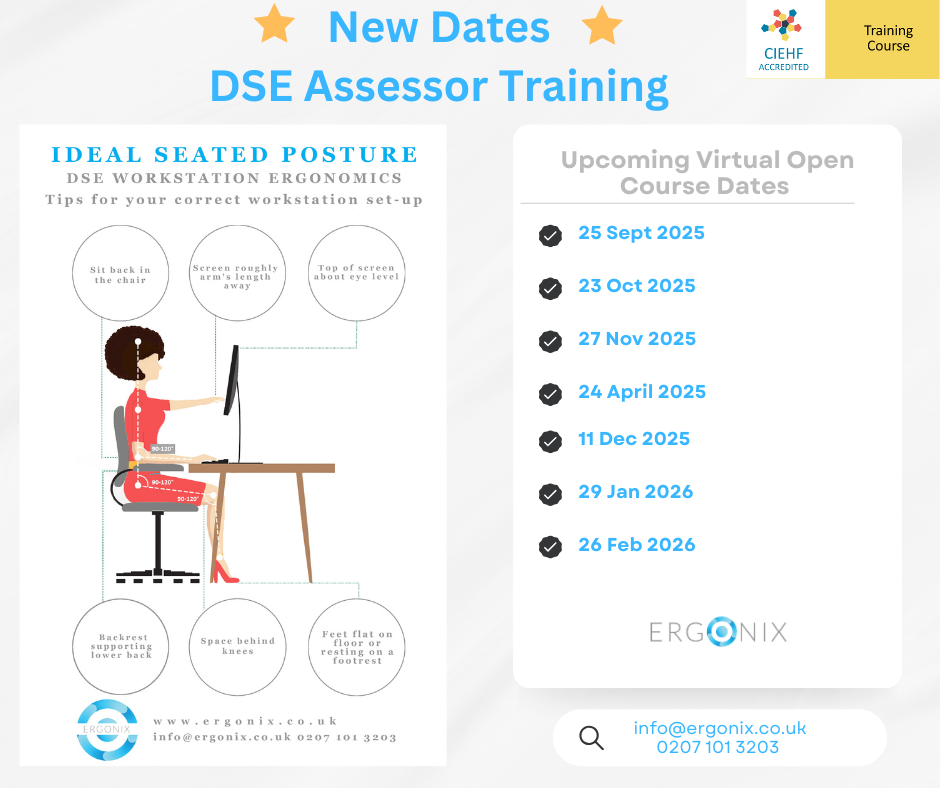 For some, working from home is a perk of the job and something they may be well used to, with well-equipped home offices to boot. But in recent weeks, the majority of office-based workers have now found themselves working at home – something they and their employers had little or no time to prepare for.
For some, working from home is a perk of the job and something they may be well used to, with well-equipped home offices to boot. But in recent weeks, the majority of office-based workers have now found themselves working at home – something they and their employers had little or no time to prepare for.
This means most people probably haven’t even thought about how they’re going to do it – surely it’s ok to lie on the sofa with your laptop on your knee and barely up all day, right? Now really we know this isn’t good for us, but what if we aren’t lucky enough to have a home office already set up or even the space or equipment to create one? You might also be sharing your home or flat with others now working from home, and the family home may now be taken over by kids, limiting your working options even further.
Here are five top tips for staying comfortable whilst working at home, which should help you avoid suffering from aches and pains:
Keep the screen at eye level
Wherever you are working in the home, it’s important to keep the screen at eye level. If using a laptop, make sure it’s on a stable surface (not your knee!) and raise it up with a stand if you have one, books, or a sturdy box if you don’t. This avoids you from slouching over or straining your neck.
Use a keyboard and mouse
Use a separate keyboard and mouse where possible to keep the screen at arm’s length. This helps to avoid stretching upwards and forwards, which can build tension in the shoulders, wrists and upper back.
Utilise what you have
Use what you can around your home to make sure your posture is correct. If you’re at a dining table and chair, use a cushion or rolled-up towel to support the natural curve of your spine. If you’re forced to work on the sofa, make sure you’re upright by doing the same. Think about standing too. You could use your kitchen worktop if it’s the right height.
Listen to your body
No matter where you’re working, it’s important to listen to your body. You don’t need to work from the same spot all day – if you start to feel uncomfortable, get up and work somewhere else for a while. Switching it up, even before you start to feel muscle aches and tension, will help.
Take regular breaks and exercise
Just because you’re working at home doesn’t mean you need to be glued to your laptop all day – getting up and moving around is important to break static posture. Exercise helps to keep our bodies and minds healthy, so you want to be aiming for at least 30 minutes a day.
So, whilst for the majority of us working from home is a temporary measure, albeit we don’t know how long for, it’s important that you do all you can to prevent muscle aches and pains – even without the luxury of a home office.
You can read more about our online DSE Workstation Assessments here.







